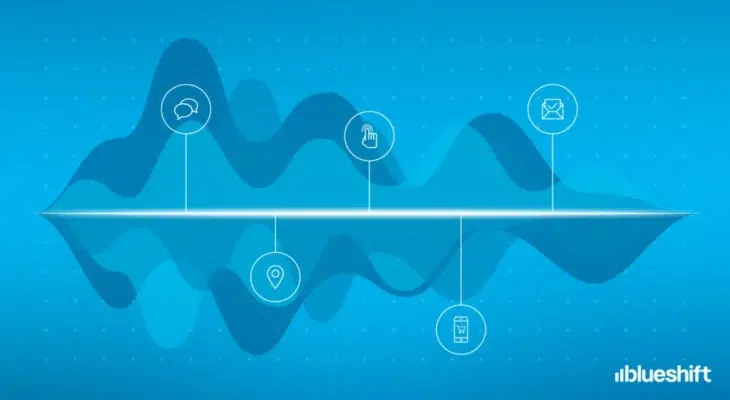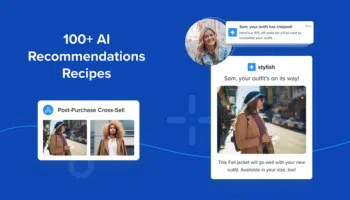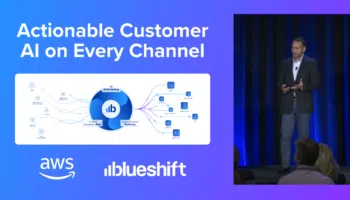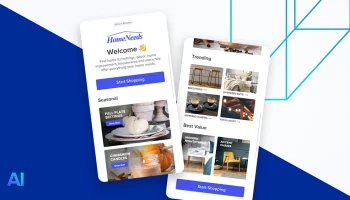My path to Blueshift started way back in 2011 when I was leading the CRM efforts for an online travel company. After several years of double-digit YoY growth, our external technology systems started to break. We went through three ESPs in six years before realizing they were never architected to scale to our innovative aspirations. The solutions on the market at that time simply couldn’t handle the amount of data we were piping in, or what we ideally wanted to do with it. With no suitable options, building our ideal solution was the only approach we had left to try.
With help from my team and our incredibly supportive manager, we identified our needs for real growth and set out to build a system that could accomplish five key goals.
- A single profile view for all customers that contained every touchpoint and would stitch together anonymous and identifiable sessions.
- Algorithms to run against these profiles to predict future behaviors.
- Enough storage for product data from 200k+ hotels, rental cars, and airline deals.
- The ability to recommend personalized deals through a lightweight but powerful templating language that supported things like looping and in-memory variable storage etc.
- Speed. We wanted to be lightning fast. Like, send 2 million 100% personalized emails out in 1 hour fast.
We got to work and in roughly six months had a system up and running. It was challenging (to say the least) working through petabytes of data and never-ending legacy systems. In addition, it seemed that everyone who knew or built those systems had left the company years ago, leaving us to piece together a jigsaw puzzle of customer data loose ends. Luckily, we had the support of the senior team to fix the system and fix it fast. The resulting platform, and I use that term generously, was rough around the edges and only worked through command line prompts, but it worked.
To say that taking a risk on a new way of thinking about data and how to use it across our marketing was rewarding would be a gross understatement. We somehow managed to patch together the makings of a CDAP before the industry was even close to defining it. And with this innovative build, the company was able to process 10+ million records, score them, and provide real-time product recommendations every single day.
Ultimately, this meant high double-digit YoY revenue growth for the next four years that I was there.



